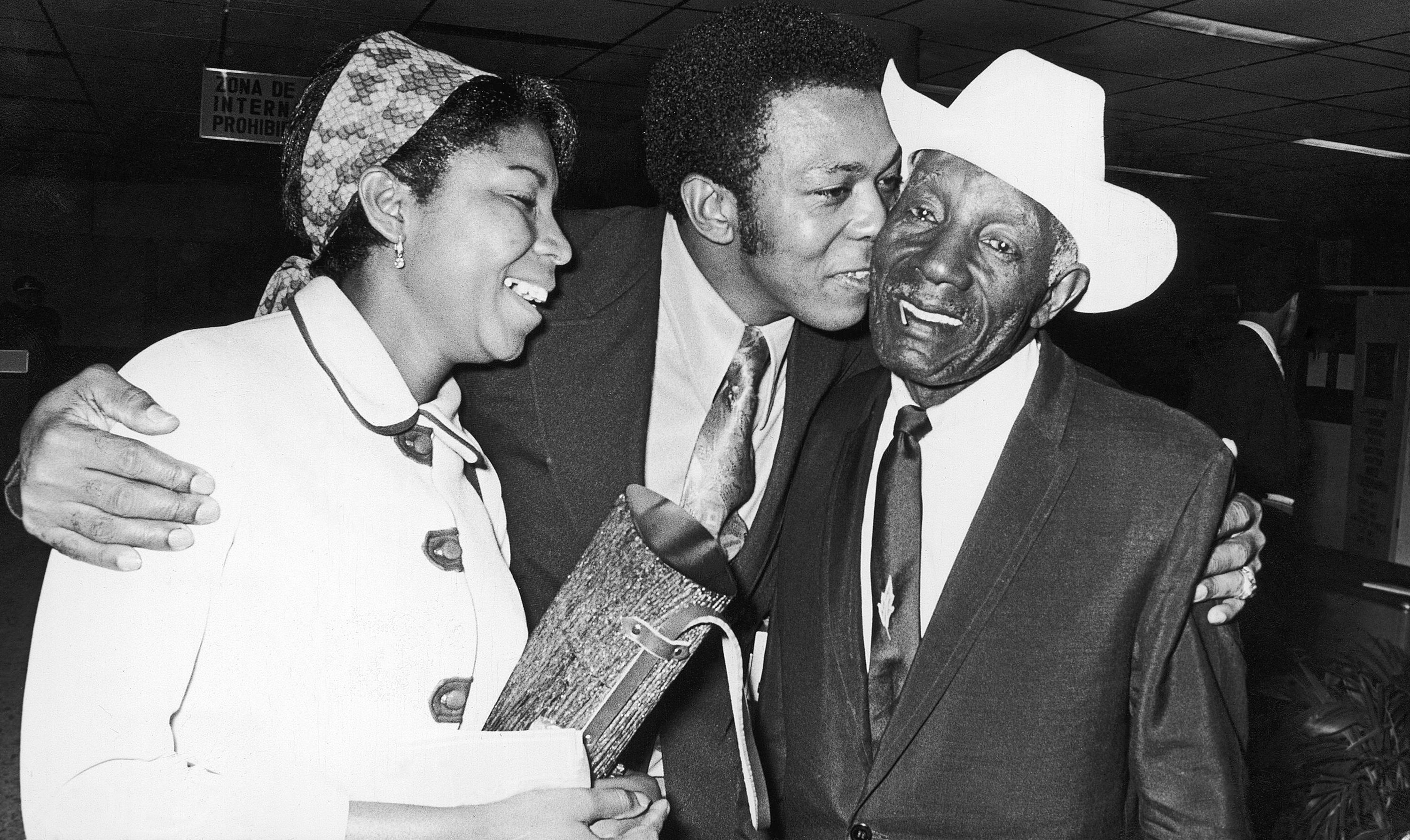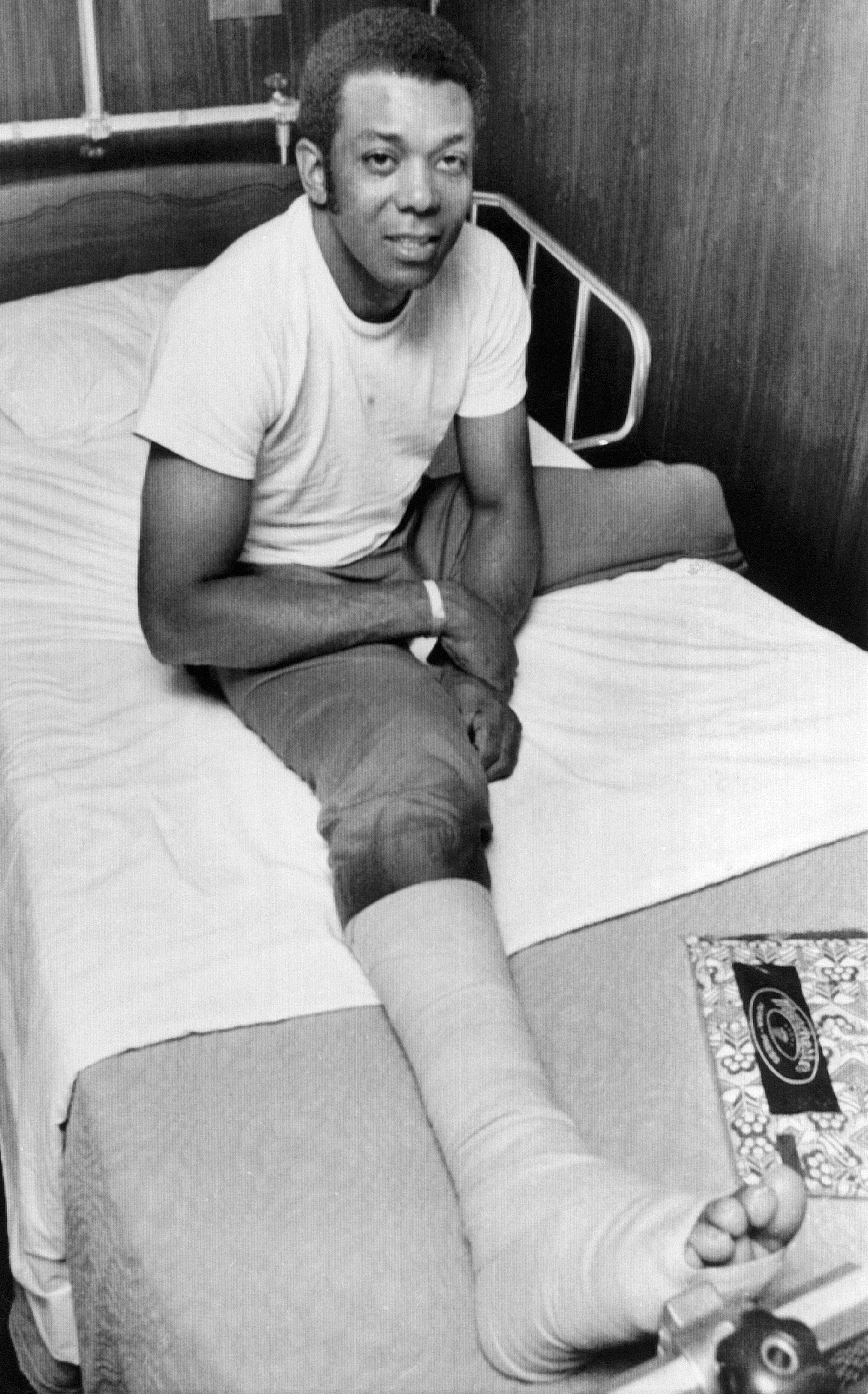
Tony Oliva, the onetime Minnesota Twins star, has missed out on entry to the Baseball Hall of Fame by just one vote.
That’s got the locals upset.
Tony O. misses by one vote. Needed 12 of 16. God is dead.
— Patrick Reusse (@1500ESPN_Reusse) December 8, 2014
I trust not many or any of the committee members who didn't vote for Tony Oliva for the Hall of Fame ever saw him play. One vote shy!
— Mark Rosen (@WCCORosen) December 8, 2014
Who are the 16 people who got to vote?
The committee is made up of ex-players Jim Bunning, Rod Carew, Pat Gillick, Ferguson Jenkins, Al Kaline, Joe Morgan, Ozzie Smith and Don Sutton. Current and former major league executives Jim Frey, David Glass, Roland Hemond, and Bob Watson. And media members Steve Hirdt, Dick Kaegel, Phil Pepe and Tracy Ringolsby.
All of the members are plenty old enough to have seen Oliva in action.
We’re going to guess that Hirdt, an executive of Elias Sports Bureau, is one of the “no” votes. But it’s only a guess, based on his statistics background. A lot of stats-guys don’t think Oliva belongs in the Hall of Fame.
Craig Calcaterra at Hardball Times wasn’t that impressed with Oliva’s credentials:
Dick Allen’s Rookie of the Year counterpart in the AL in 1964 and the winner of three batting titles. While Allen had an excellent but under-appreciated on-base percentage, Oliva’s value came via the perhaps over-appreciated batting average and, as such, has been someone many, many people have considered to be a Hall of Fame oversight for years. Like Allen and Boyer, his career was relatively short. Unlike those two, however, it’s hard to look at him and say that, even for a little while, he was one of the best in the game while he played.
That’s selling the guy a little short, though.
Oliva’s problem wasn’t that he wasn’t one of the best for a short period of time. He wasn’t one of the best for a long period of time.
Peter Bjarkman, who researched Oliva for his essay for the Society of American Baseball Research, suggests his career is a case of what might have been.
Oliva continued his remarkable hitting barrage for a half-dozen campaigns after his sensational debut summer. He averaged 20 dingers a year and only dipped below.300 twice during that early career stretch (hitting at a .289 clip in both 1967 and 1968). He paced the American League in base hits four more times after his rookie campaign and also led the circuit in doubles on three additional occasions. But his career was clearly a ticking time bomb sabotaged by an inherited physical deformity in his knees. Oliva would eventually endure seven painful surgeries in the same number of seasons and undergo an arduous physical rehabilitation regimen on a half-dozen separate occasions. The ballplayer’s single serious and debilitating flaw was something the Twins training staff had noticed early-on. Minnesota Twins trainer George “Doc” Lentz was quoted in Oliva’s 1973 biography as having already assessed Tony’s questionable future during an initial late-season September 1962 “cup of coffee” with the parent big-league club.17
It was in the early 1970s that that Twins star suffered his first truly debilitating setback. There had already been two surgeries in 1966 and 1967 for torn ligaments, and during the winter following the Twins’ World Series appearance surgeons removed bothersome bone chips from Tony’s right knee. But on June 29, 1971 a major career turn came when he dove for a ball off the bat of Oakland’s Joe Rudi. Trailing the A’s by 14 games and desperate to get back in the pennant race, Minnesota was facing a must-win situation during a mid-season road trip clash with the division leaders. With a 5-2 Twins lead in the home ninth Oliva went all-out to haul in the smash by Rudi into the right field corner. The result was significant damage to the already fragile right knee. That injury kept Tony out of nearly 30 mid- and late-season games and forced eventual September surgery to remove the torn knee cartilage; it also forced him to remain on the sidelines for the Mid-Summer Classic after his eighth-straight (and final) selection to the American League All-Star squad. But it was not enough to slow a charge to a third league batting crown that made Oliva only the 14th big leaguer and sixth American Leaguer to claim three league hitting titles. His .337 average was at the time the best in Minnesota club history. To put the icing on a mixed-blessings season Tony also led the league in slugging percentage and was tabbed American League Player of the Year by The Sporting News.
Meanwhile, if you want to blame someone for Oliva being shut out, blame Joe Rudi of the Oakland A’s, with whom Oliva collided in a game in July 1971, pretty much ending whatever he had left.

Related: Tony Oliva may or may not make the Hall of Fame. But he definitely has the world's best neighbors (MinnPost).
From the archive: Abstaining for Oliva (Minnesota Public Radio News Cut).
